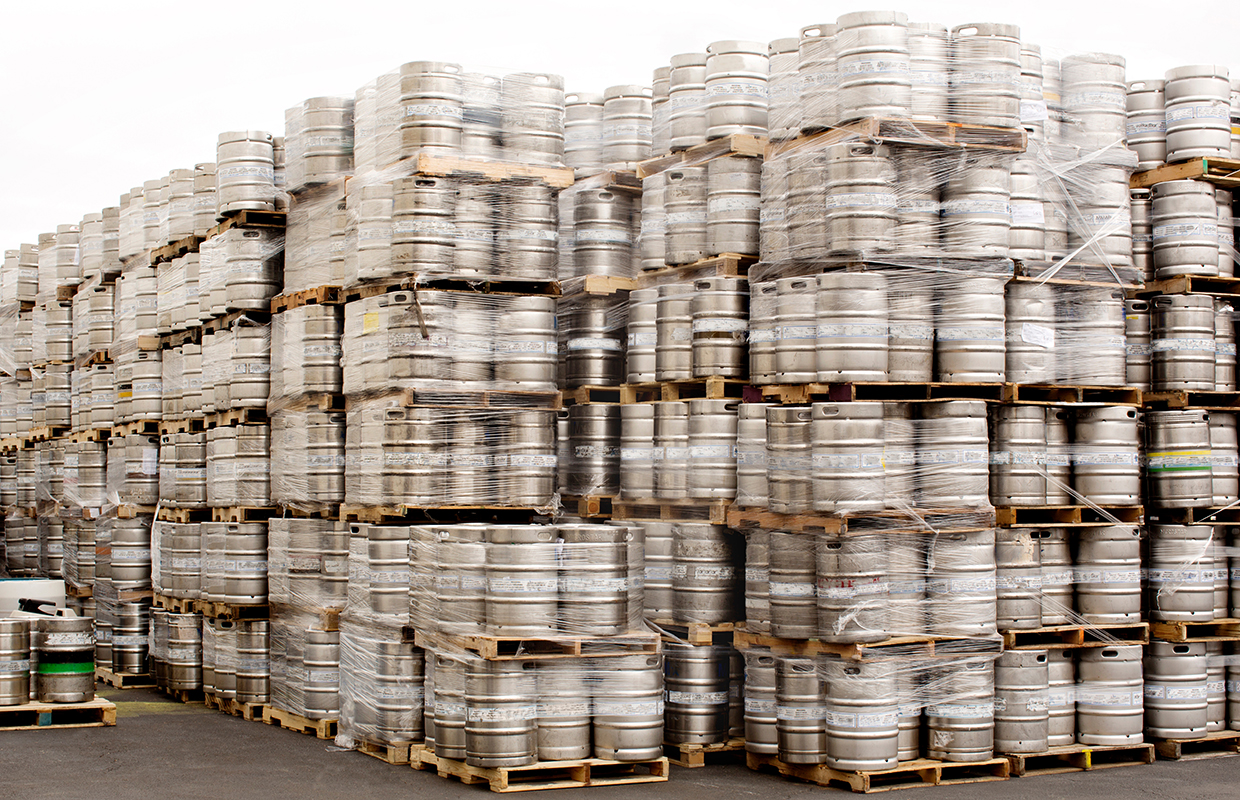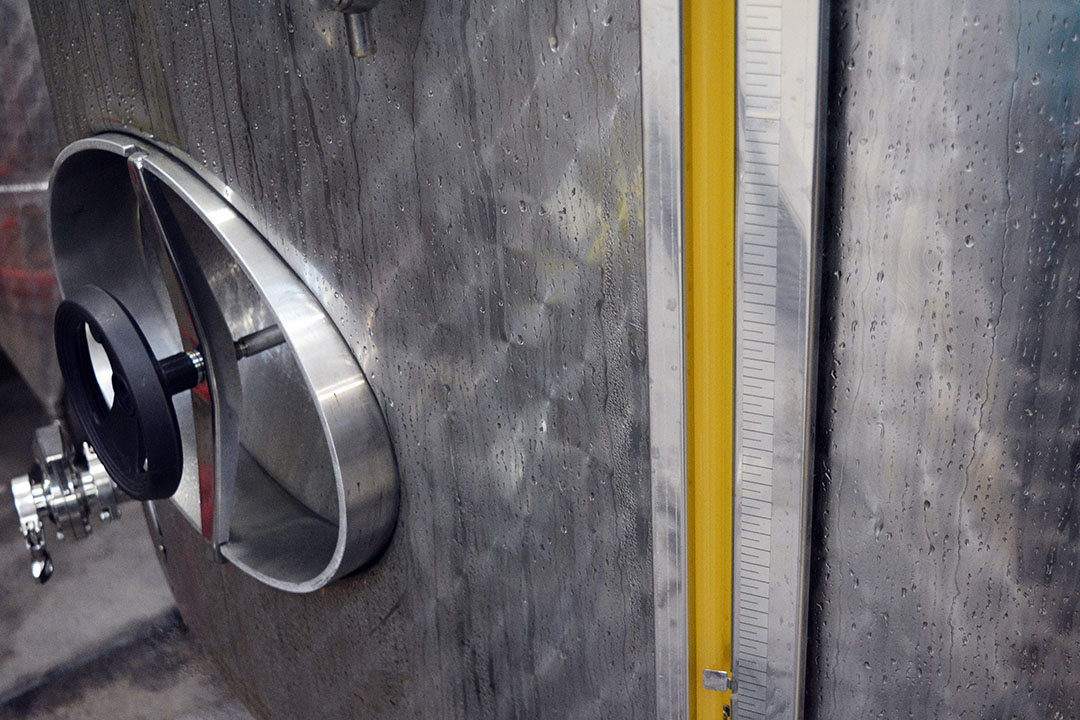
On-premise sales for many breweries are the best way to sell your packaged beer for a profit. But, there are some benefits of going with a wholesaler.
“You get that army of people,” said Chad Heath of Karl Strauss earlier this year at the 2023 California Craft Beer Summit. “When you sign up with a wholesaler, you get this multiplier effect. “That is going to allow access to market in an area that you might otherwise have a hard time servicing … or one that’s in your backyard. It’s that multiplier effect that you’re hoping to get when you sign up with a wholesaler.”
It’s also like you’re dropping your kids off in daycare, he joked.
“So be careful with that,” he said.
Brian Perry of Markstein Beverage in Sacramento sat in on this discussion and gave the second tier of distribution’s thoughts as well.
READ MORE: Questions to Ask When Picking a Wholesale Partner
“Obviously you are missing a part of that margin,” he admitted. “But at the same time, we have 500 people that work at our distributor. So we have 100 merchandisers, 75 sales reps, and 80 NASMs. Then you have brand managers like myself. We’re the conduit, basically, from the brewery to the sales staff to make sure we get your information out there.
“Having a lot more boots on the streets than your one or two people that you may have — which we also include — to have those help out our team as well.”
When you’re growing rapidly and scaling, Doug Constantiner of Societe said not having to invest in anything but making more beer is a “huge benefit to have a wholesaler.”
Size may not play a factor either, Perry said, but having some distribution experience on your own may help understand what a wholesaler can help your brand with.
“We have some smaller breweries,” he said. “I think it’s all in how fast you want to grow, and what your plan of attack is — as far as chains, and how much space you have.
“If you have a smaller brewery then obviously it’s how much you can put out in that year. But I think self-distro will teach you a lot too and understanding what we go through on our side may help you realize that in the beginning.”
As businesses grow, they face various operational challenges, and not all ventures continue indefinitely. Sometimes, companies need to consider winding down their operations.
Understanding how to close a company can be crucial for business owners, particularly in navigating the complexities of legal and financial obligations. There are four main ways to close a limited company, and the chosen method largely depends on the company’s financial health, whether it is solvent or insolvent.
It’s essential to determine the solvency position before adopting the relevant closure procedure, as insolvent companies typically cannot use solutions meant for solvent ones, like the Members Voluntary Liquidation procedure.
Closing a company involves careful planning and adherence to legal protocols to ensure a smooth transition. For a solvent company, the process might involve distributing assets among shareholders and settling any remaining debts. In contrast, an insolvent company may require a more structured approach, such as Creditors Voluntary Liquidation or compulsory liquidation by court order.
By understanding these procedures, business owners can make informed decisions and manage the closure process effectively, minimizing potential disruptions and ensuring all obligations are properly addressed.






Be the first to comment